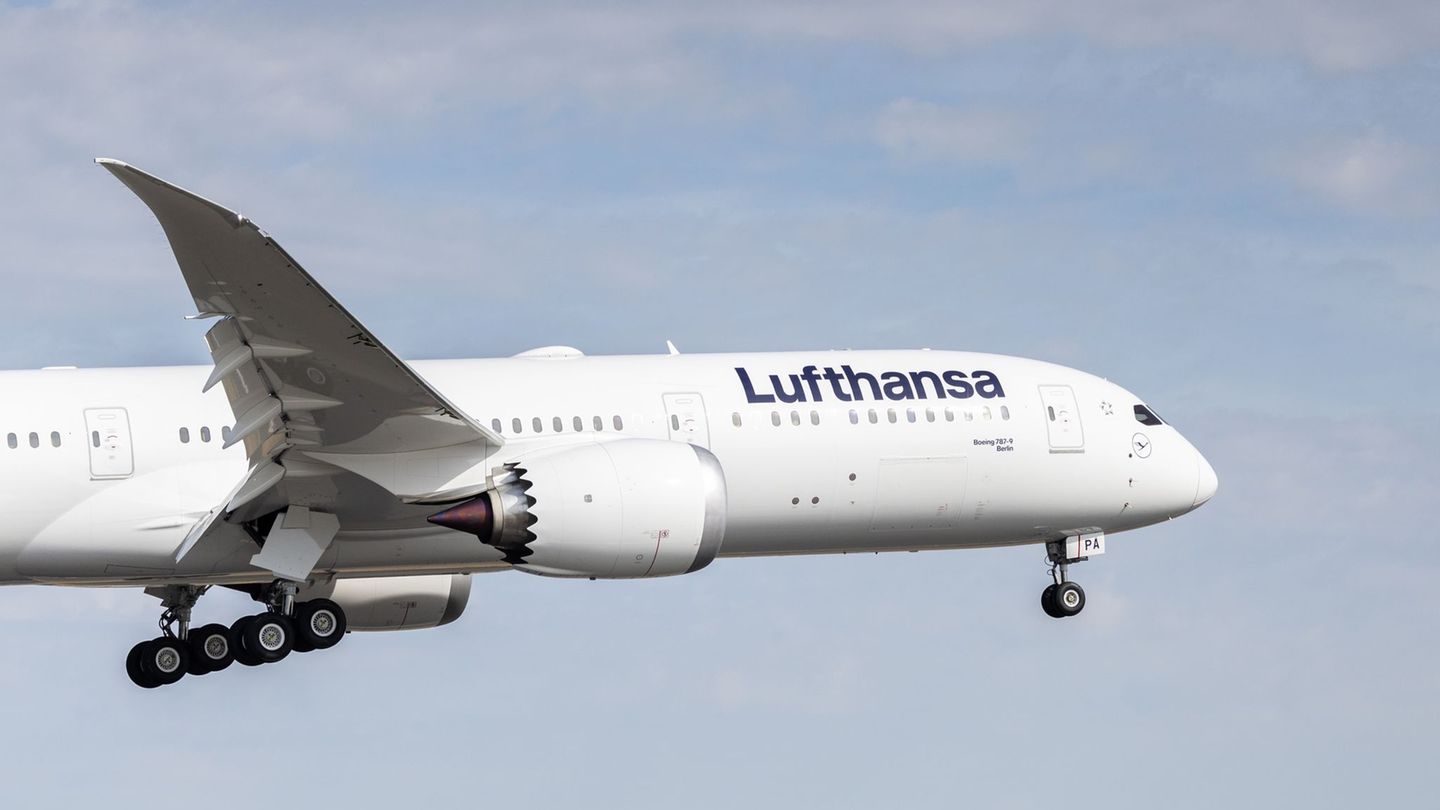With a steeper slope, the dollar MEP or Bolsa -also valued with the Global 2030 bond- sank 2% (-$4.04) to settle at $196.27which brought the spread with the official to 77.3%.
Both prices recorded their second consecutive decline, and the deepest since March 9. In that framework, the gaps culminated in seven-wheel lows.
The IMF board approved a new debt program with Argentina on Friday, but recognized that it carries “exceptionally high” risks and brought forward the first review of the agreement in the face of the conflict in Ukraine to mid-May.
“The agreement with the Fund comes to worsen the financial variables, I am not going to say improve because it is too big for it; it comes to lower the gap a little, so that the exchange rate stops falling behind, so that the reserves go up a little, so that the country risk declines a bit, but at the cost of worsening real variables,” said economist Rodolfo Santángelo of Macroview.
The deal with the multilateral credit organization contemplates objectives in fiscal, monetary and reserve accumulation matters.
Regarding fiscal matters, VatNet Research warned that “The balance would require a decrease in expenditures that is difficult to implement politically”.
Regarding reservations, A study by the Argentine Institute of Fiscal Analysis (IARAF) showed that the country would have a net debt of US$4.4 billion taking into account all disbursements between now and 2024, which could be used as “budgetary support” in 2022, that is, to strengthen international reserves.
Likewise, the Government and the staff of the Fund also reached an understanding on the need to have an exchange rate compatible with the level of reserves, to attack inflation with a multi-causal approach, and to move towards a path of interest rates positive in real terms.
Regarding this last point, it is worth noting that the Central Bank (BCRA) raised rates last week for the third time so far this year. Now the Leliqs that are offered to banks yield almost 55% in effective and annual terms, against an expected inflation of between 55% and 60% by 2022, and a devaluation rate that revolves around 45%, a combo that contributes to reduce the dollarization of portfolios.
“As long as the government can show that it is trying to meet its commitments and can justify any shortcomings in global conditions, the IMF is likely to approve revisions to the program and provide quarterly disbursements.”said a Citigroup report.
official dollar
In the official segment, the wholesale exchange rate, which is directly regulated by the BCRA, began the week with a rise of 30 cents and closed at $110.68.
A few days before the end of March, the currency registers a rise of 3% compared to last month, already exceeding the figure for February, although well below the inflation expected for March, which would have a floor of 5%.
Meanwhile, the Central Bank cut a streak of three days with currency sales and was able to end its intervention in the foreign exchange market with a positive balance of US$10 million.
For the second quarter, a higher income of dollars is expected due to the gross liquidation of the main grains that the country exports. In that sense, the monetary authority could take advantage to maintain the current “crawling peg” and avoid adding fuel to the fire of inflationary dynamics.
“Operators continue to anticipate a continuation of the exchange rate calm based on the BCRA measures, the entry of SDRs from the IMF and the next arrival of foreign currency from the countryside,” said one operator.
For its part, the savings dollar or solidarity dollar -retail plus taxes- gained 82 cents to $191.71 on average.
The blue dollar recorded this Monday, March 28, 2022, its biggest daily drop in two weeksuntil reaching lows for the year, according to a survey by Ámbito in the Black Market of Currencies.
The parallel dollar fell $2 to $200, before which the gap with the official wholesale exchange rate was reduced to 80.7%, the lowest level since July 2021.
Source: Ambito
David William is a talented author who has made a name for himself in the world of writing. He is a professional author who writes on a wide range of topics, from general interest to opinion news. David is currently working as a writer at 24 hours worlds where he brings his unique perspective and in-depth research to his articles, making them both informative and engaging.




